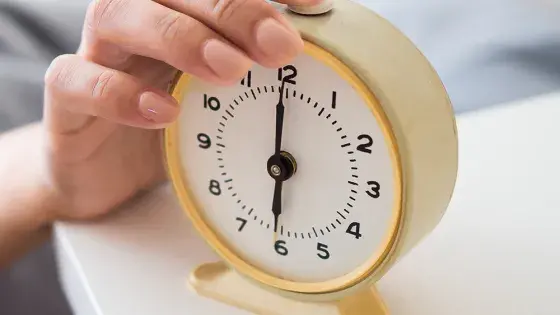We recently posted an insight about the process behind creating and engraining new, positive habits. But, we paid less attention to the process of breaking the habits we would like to phase out from our lives. Perhaps we want to watch less TV, because it encourages prolonged sitting, or stop smoking.
Whatever the reason, thankfully the process of breaking a bad habit can be just a simple as that of creating a new habit and, similarly, can be simplified into four laws.
Let’s revisit how we create a new habit. To do so, we should aim to:
- Make it obvious
- Make it attractive
- Make it easy
- Make it satisfying
To break a bad habit, we need to reverse the process of creating one, so the laws become:
- Make it invisible
- Make it unattractive
- Make it difficult
- Make it unsatisfying
Let’s explore these laws in more detail...
Law 1: Make it invisible
As we know, a cue is the first step in a call to action. So, if we want to prevent an action, the first step to breaking a bad habit is to remove the cue (as much is possible) from our environments. For example, if we want to reduce the amount of sugar we consume, take the sugary snacks off the countertop, and tuck them away in the cupboard. The lack of visual cue for these products will prevent the craving for the sweet taste, thereby making it easier to go longer periods without eating them.
Law 2: Make it unattractive
In order to make less desirable behaviours unattractive, we might have to reframe our mindset and change our perceptions of them. We can do this by highlighting the benefits of avoiding the bad habits we are trying to break. For example, if we want to drink less alcohol, we should highlight the benefits of doing so.
Law 3: Make it difficult
As we know, humans will naturally gravitate to the path of least resistance. So, if we want to remove a behaviour from our lives, we should look to add some barriers to us engaging with it, what is also known as friction. Let’s use the example from the introduction, we might want to cut down on the amount of TV we watch. Some examples of adding friction to watching TV are to remove the batteries from the remote or to unplug the TV from the wall. The net result is that it makes the process of watching TV harder, as it requires effort to do so (i.e. replacing the batteries, plugging the unit back in).
Law 4: Make it unsatisfying
Finally, we have to make less desirable behaviours unsatisfying. As we know, humans value the perception of others, so the more public we can make this, the better. To this end, there are a couple of methods we can employ. Accountability partners, people whose opinions we value highly, create an immediate social cost to any undesirable behaviour. Secondly, we can utilise a behaviour contract, where we clearly define consequences for engaging with bad habits. We could ban ourselves from having a treat one day if we exceed our calorie limit on the previous day. These can be combined with accountability partners, who ensure we observe the forfeit!
References:

